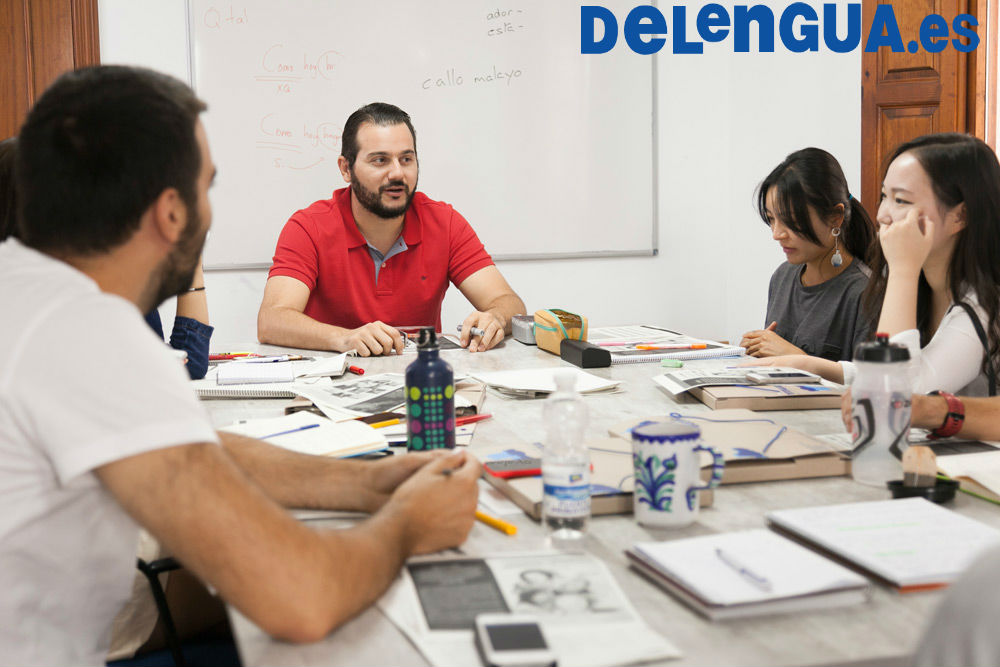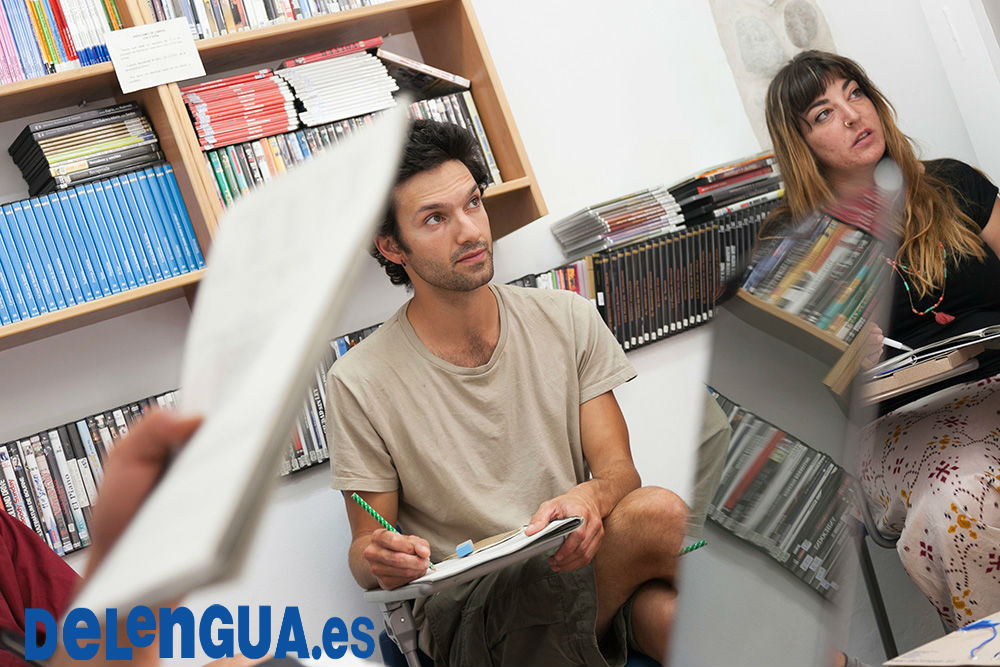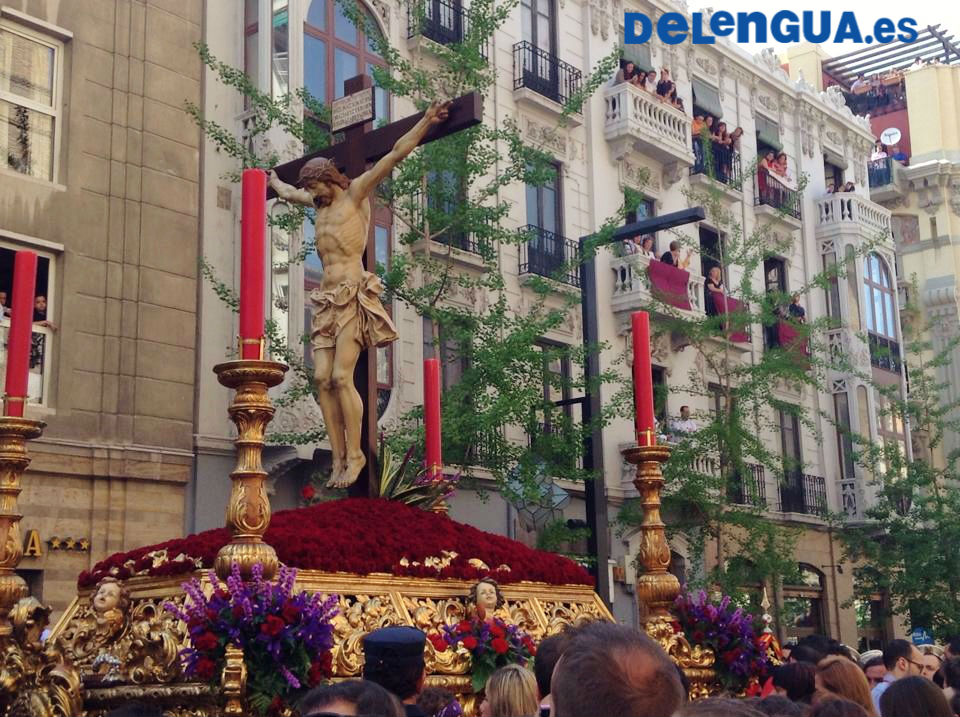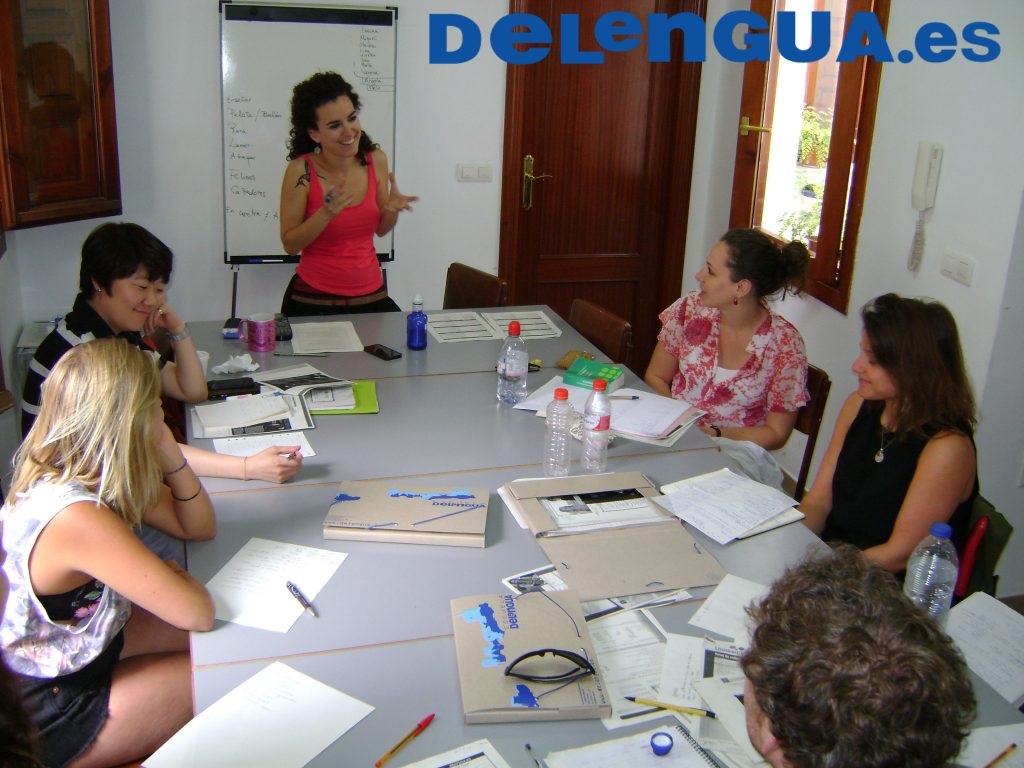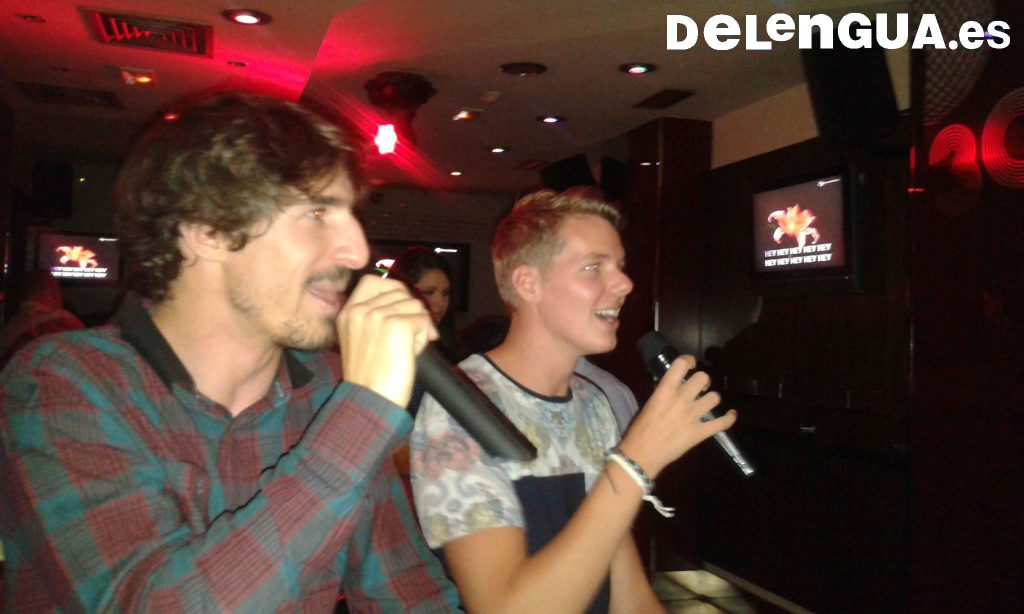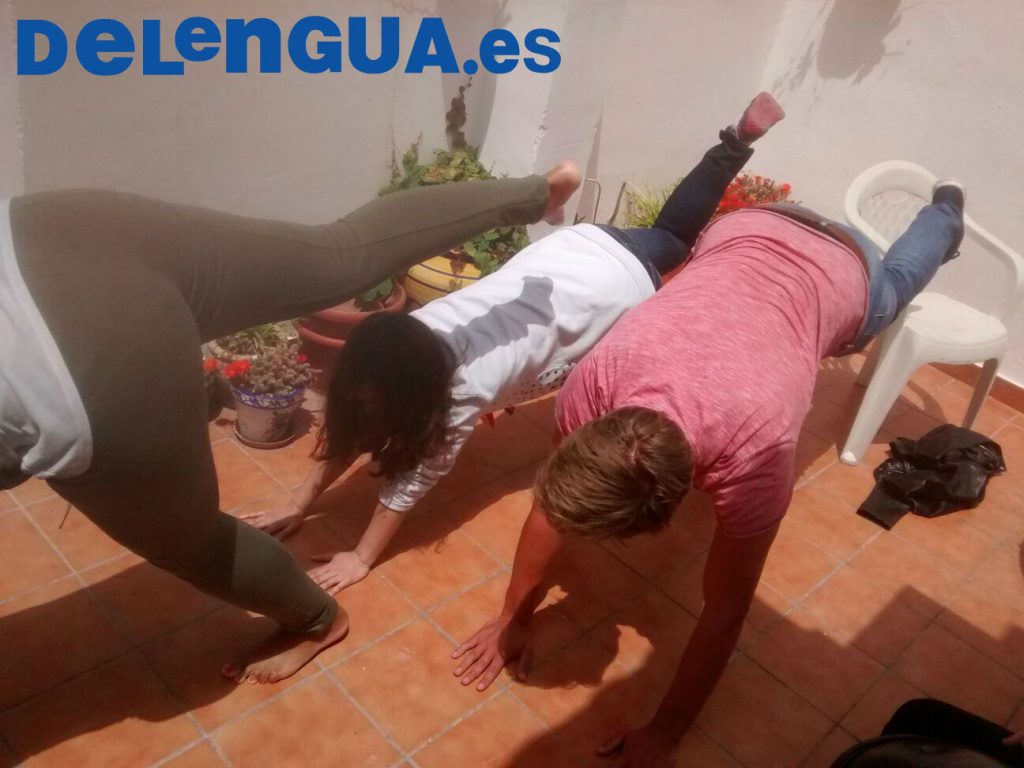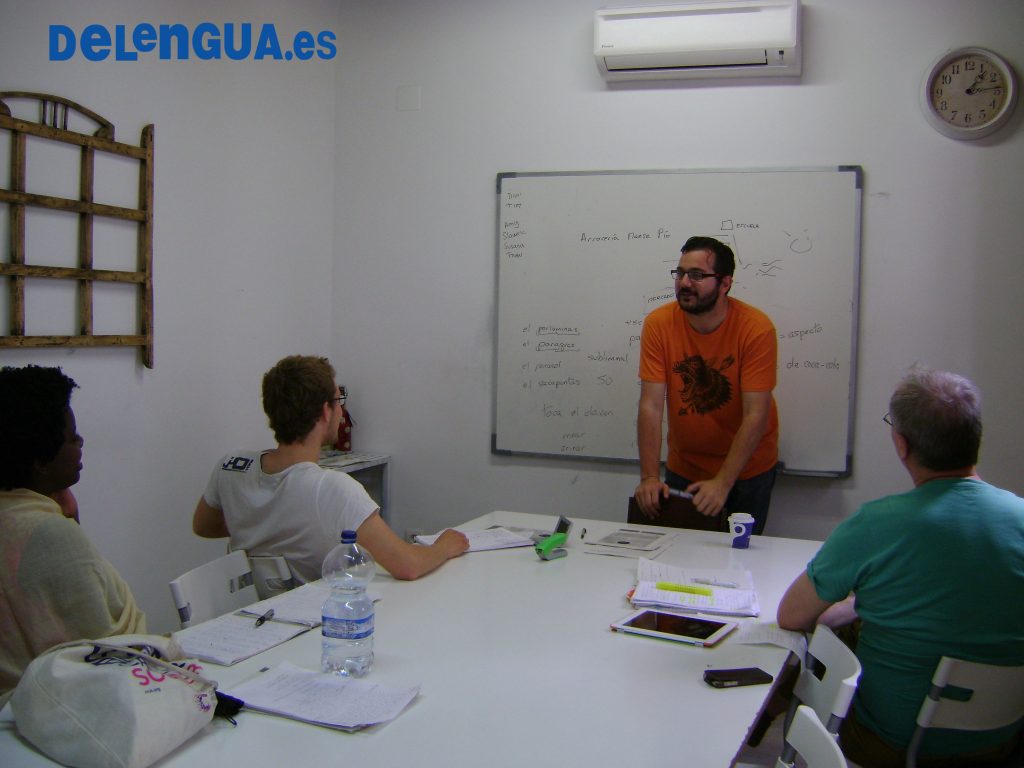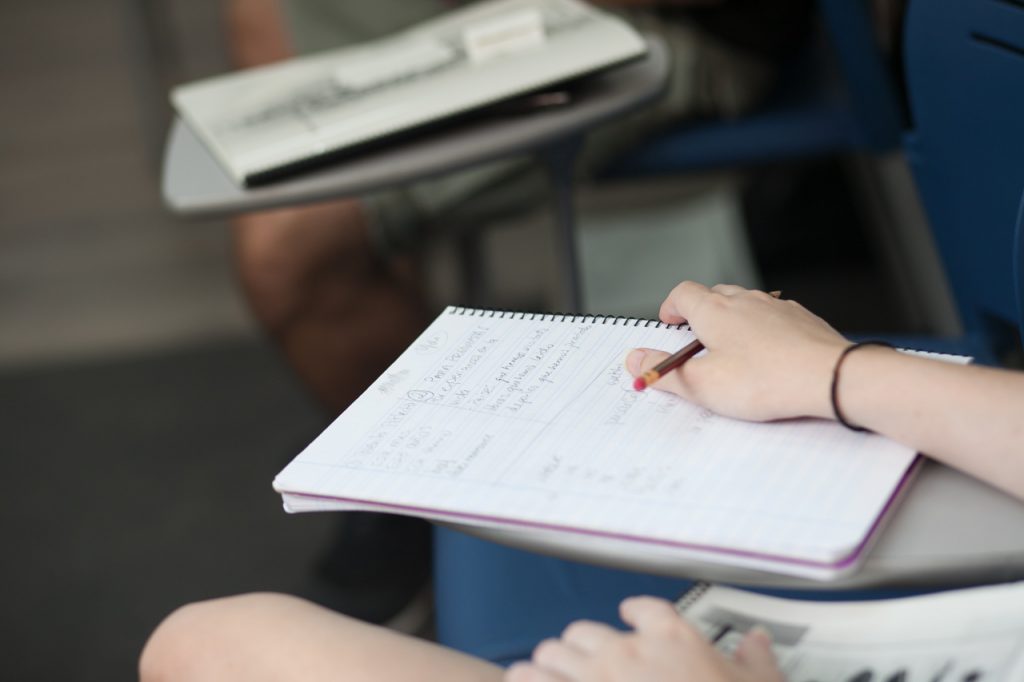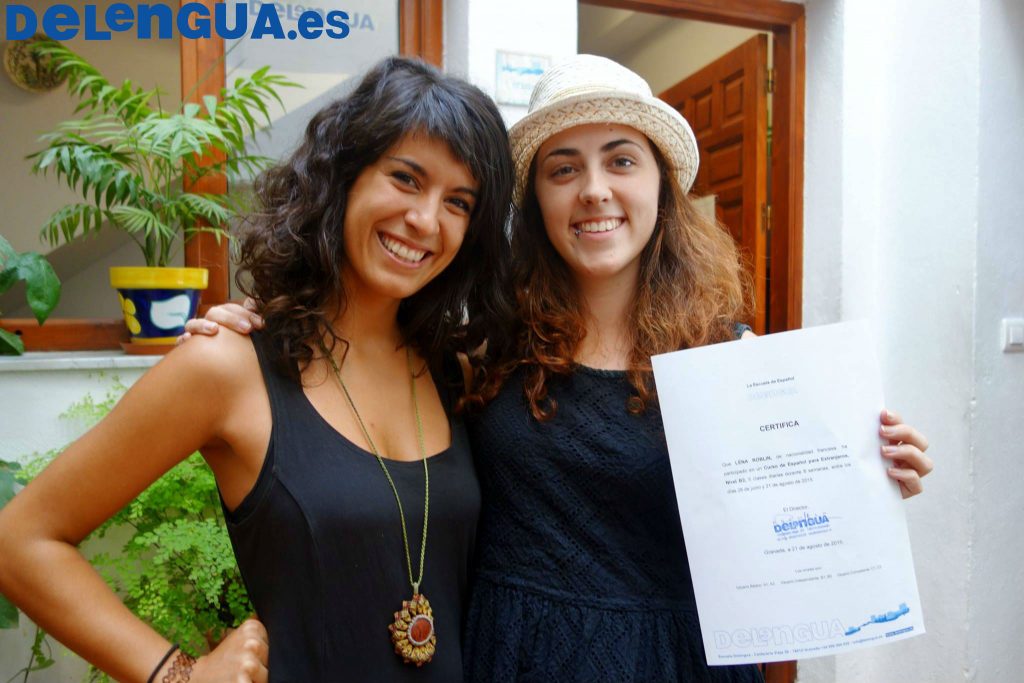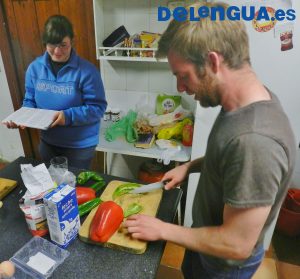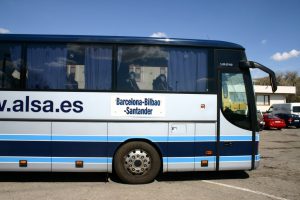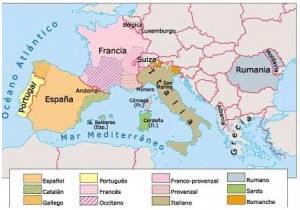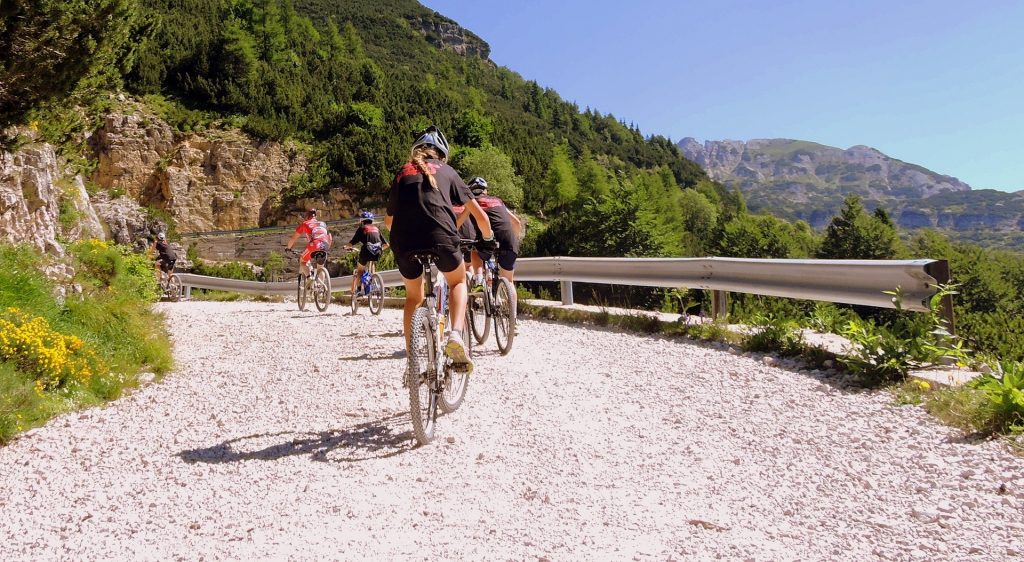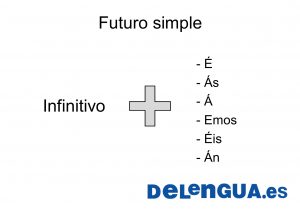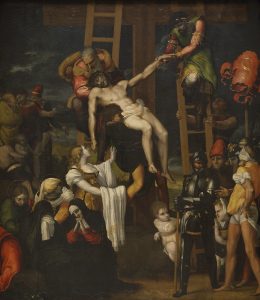
Descendimiento de la Cruz, Pedro Machuca
| Español | Inglés | |
|---|---|---|
| La Escuela granadina de Pintura es parte de la época artística del Barroco durante el siglo XVI. Se refiere al estilo de pintura que inventó Alonso Cano, un pintor, escultor y arquitecto de Granada.
El siglo XVI está marcado por las pinturas de pintores internacionales que vivían en Granada o que pasaron un tiempo en la ciudad. Estos pintores fueron parte de la Escuela granadina de Pintura y sobresalen en la pintura de este siglo. La primera mitad del siglo XVI está marcada por el miniaturista Juan Ramírez, que es conocido por sus retatablos de la ermita de los Mártires en el Museo granadino. Pero la gran talla de esta época es Pedro Machuca, un gran arquitecto español. Él marcó la época del triunfo por el retablo de Santa Ana en la Capilla de Pulgar, en 1531. También trabajó junto con Jacobo Florentini en el retablo de la Capilla Real. Desde 1532 hasta 1546 las pinturas de los italianos Julio Aquiles y Alejandro Mayner llamaban la atención. Hechas en fresco, en el peinador de la reina en la Alhambra, estas obras abundantes muestran escenas de la conquista de Túnez. Nombres importantes para la Escuela de Pintura en Granada fueron, en la segunda etapa del siglo, Juan de Aragón o Sánchez Cotán. Juan de Aragón era un verdadero manierista. El manierismo se preocupaba por solucionar problemas artísticos intrincados, como desnudos retratados en posturas complicadas. El arte español y también el de Latinoamérica son parte de un curso de la Escuela Delengua. Si te interesa conocer más sobre este tema, ¡apúntate y sumérgete en la historia del arte español!. Granada ofrece más que Tapas-Bars y la Alhambra. Descubre los detalles de esta ciudad antigua y aprende todo sobre la Escuela granadina de Pintura con nosotros, la Escuela Delengua. |
|
The painting-school of Granada is part of the baroque era during the 16th century. It refers to the painting style which invented Alonso Cano, a painter, sculptor and architect in Granada.
The 16th century was marked by the paintings of international painters who lived in Granada or who just passed some time in the city. This painter were part of the painting-school of Granada and protrude from the painting of this century. Half of the 16th century was marked by the miniaturist Juan Ramirez which is known for his plaque in the chapel of Mártires in the Museum of Granada. But the big size of this era is Pedro Machuca, a grand spanish architect. He marked the era of triumph with the altarpiece of Santa Ana in the Capel of Pulgar in 1531. Also he worked together with Jacobo Florentini on the altarpiece of the Royal Chapel. Since 1532 till 1546 the paintings of the italians Julio Aquiles and Alejandro Mayner attracted the interest. Made as Fresco, in the boudoir of the Queen in the Alhambra, these abundant works show scenes of the capture of Tunisia. Important names for the painting school of Granada in the second part of the century were Juan de Arabón or Sánchez Cotán. Juan de Aragón was a real Mannerist. The Mannerism worked on a solution for problems which tangled artists, like portaits of nakeds in complicated postures. The spanish art as well as the art of Latinoamerica is part of one of the spanish courses of the Escuela Delengua. If you are interested in knowing more about this topic, just inscribe yourself and submerge in the history and art of Spain. Granada offers more than Tapas-Bars and the Alhambra. Discover the details of this antique city and learn more about the painting-school of Granada with us, the Escuela Delengua. |
